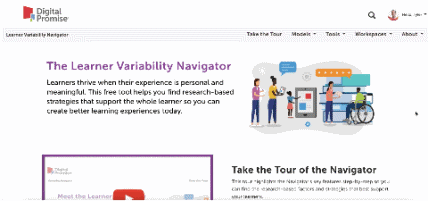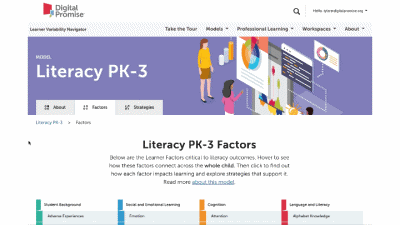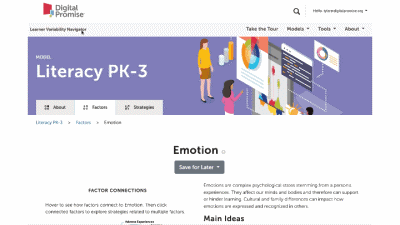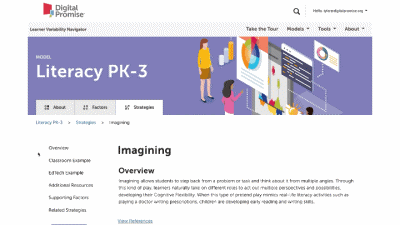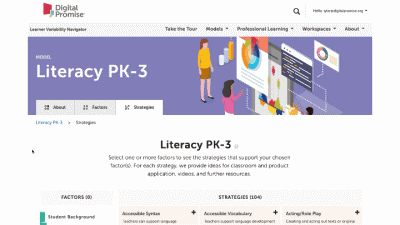Manipulatives: Sentence Construction
Overview
Providing physical representations of parts of a sentence activates learners' mental processes. Actively manipulating sentence structure and word order deepens a student's understanding of the way sentences are formed.
Example: Use This Strategy In in the Classroom
Design It into Your Product
Factors Supported by this Strategy
More Multisensory Supports Strategies
Audiobooks allow students to hear fluent reading and to experience books above their reading skills.
Communication boards are displays of graphics (e.g., pictures, symbols, illustrations) and/or words where learners can gesture or point to the displays to extend their expressive language potential.
Dictation, also referred to as speech-to-text, an assistive communication technology that translates voice dictation to digital text, provides students with transcription difficulties the opportunity to participate in the writing process by allowing them to use their voice to generate and record ideas.
Dictionaries and thesauruses can serve as resources for students to expand their Vocabulary knowledge.
Adding gestures and motions to complement learning activates more cognitive processes for recall and understanding.
Full sentence manipulatives allow students to practice producing more complex Syntax and writing.
Short breaks that include mindfulness quiet the brain to allow for improved thinking and emotional regulation.
Brain breaks that include movement allow learners to refresh their thinking and focus on learning new information.
We take in information through all our senses.
Connecting information to music and dance can support Short-term and Long-term Memory by engaging auditory processes, Emotions, and physical activity.
Research shows physical activity improves focus and creativity.
Incorporating multiple senses with strategies like chewing gum, using a vibrating pen, and sitting on a ball chair supports focus and Attention.
Using earplugs or headphones can increase focus and comfort.
Providing tools so learners can choose to listen to a text supports individual strengths and needs.
Tossing a ball, beanbag, or other small object activates physical focus in support of mental focus.
Visual supports, like text magnification, colored overlays, and guided reading strips, help students focus and properly track as they read.
Web-based dictionaries and thesauruses can serve as visual and audio resources for students to expand their Vocabulary knowledge.
Research has shown that students write longer pieces with stronger quality when they use word processing software.
Word sorts are multisensory activities that help learners identify patterns and group words based on different categories.


